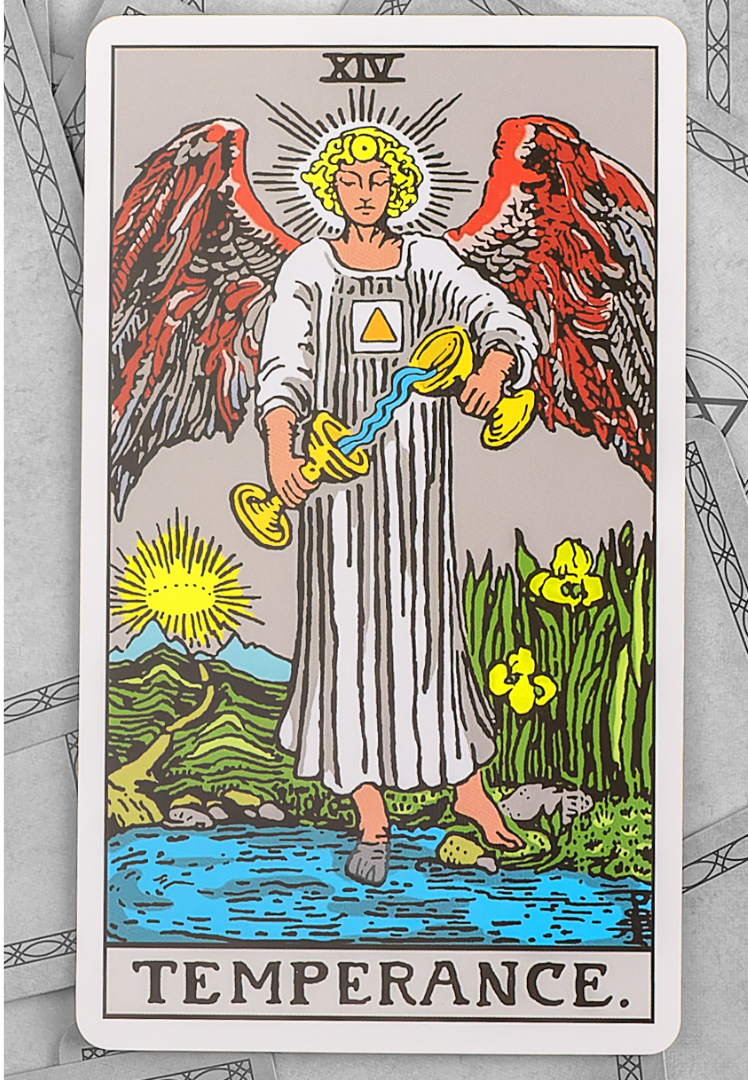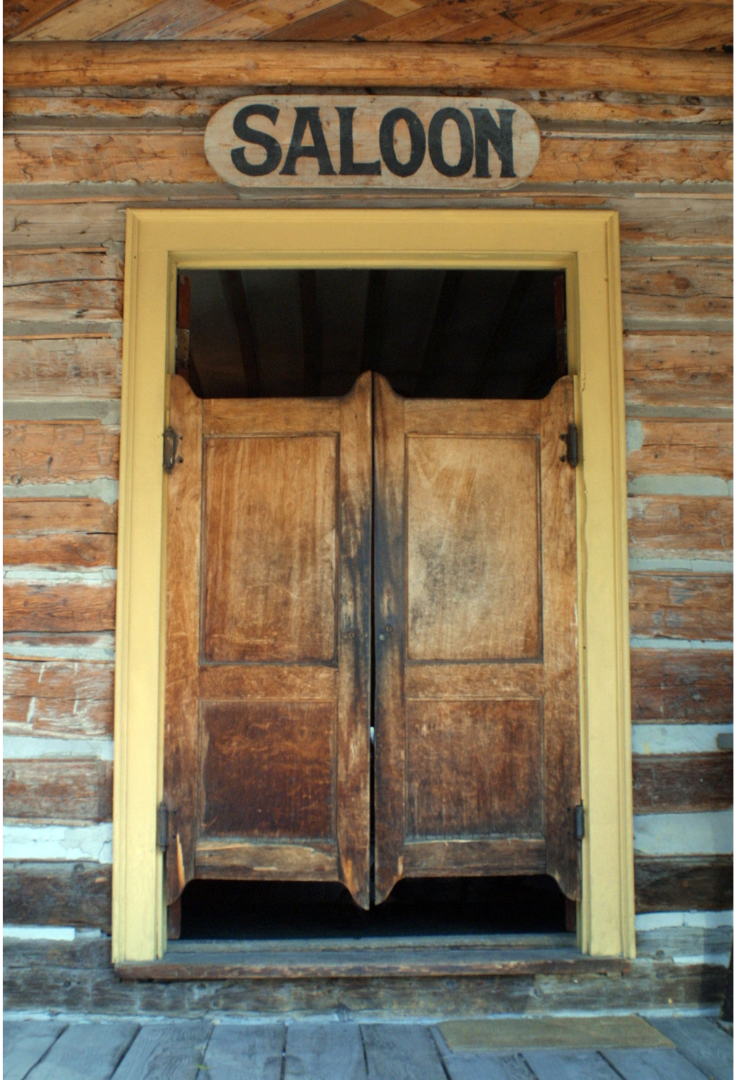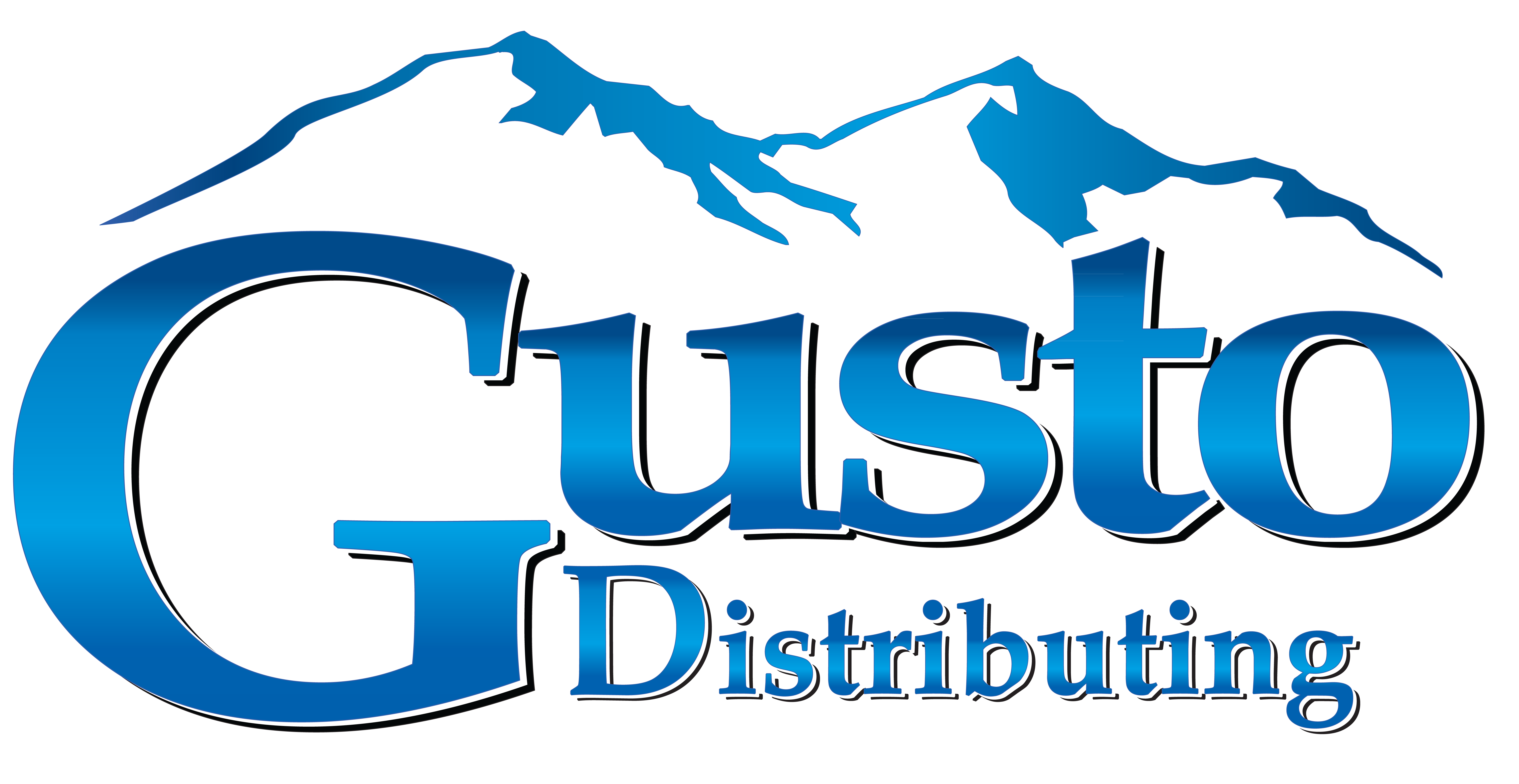FAMILY OWNED
Our family history in the beer business started during prohibition when Harry Watkins was bootlegging in the Sweetgrass area. After prohibition ended, Harry started a beer distribution business in Havre and Shelby. The first loads of Budweiser and Schlitz in Montana arrived at Harry’s warehouse, and a family business was born. Harry’s sons took over the distributorships when Harry retired. Today, Watkins family members have beer distributorships not only in Havre and Shelby, but Great Falls, Missoula, Kalispell, and most of Idaho.
since 1965
Bruce and Ardelle Watkins purchased Gusto Distributing in 1965. At that time, Gusto sold Schlitz and Pabst with one fork lift and four employees. We obtained Miller in 1972. We purchased a Coors/micro/wine house in Great Falls in 2000, and purchased the Coors house in Havre (2004), and the Miller house in Helena (2005).
AWARD WINNING
History Museum Business of the Year Legacy Award 2021
Great Falls Chamber Business Award 2021
Molson Coors Distributor Excellence Award 2021
Miller Coors President Award 2009
Sam Adams #1 Distributor Network 2008-2009
High Life Achievement Award 2007
Miller Legends Award 2006
Beer is Proof God Loves Us
George Washington, the new nation’s first president, was also one of the country’s best brewers and founding fathers. Thomas Jefferson and Benjamin Franklin were avid wine and beer drinkers. “Beer is proof that god loves us.”
Until the early 20th century, alcohol was largely an unregulated two tier system of brewers and saloons. Because alcoholic beverages were high in alcohol content, temperature control was minimal, transportation was slow and expensive, and production was localized.
Local brewers had ownership ties to saloons selling on extended credit terms and furnished equipment and supplies. As part of the deal, the brewers paid for their brands to be pushed or carried exclusively. Consequently, marketing practices by the producers and the saloons encouraged excessive consumption. Saloons were especially prevalent around factories where workers could get a drink before, after, and during work. Public drunkenness was a serious problem and the social consequences of abuse were rampant during the industrial revolution and the westward expansion of the late 1800’s and early 1900’s. Tied house saloons were anywhere there were populations of people.
temperance

Though the temperance movement was a mass movement by the 1830’s, it was the Anti-Saloon League that led the way for the Prohibition movement to take hold. The League did so by use of a modern political organizational structure. As part of that structure, the League hired lawyers to write model laws, and organizers to raise funds for the support and election of candidates beholden to it.
Temperance ideology believed that alcohol was the cause of nearly all social problems: unemployment, poverty, business failure, family failure, crime, slums, violence and illness. In 1913, the Anti-Saloon League declared itself in favor of national Prohibition.
National Prohibition would not have been passed without the massive organized public movement that believed alcohol to be a destructive curse on society. It had wide populist support, including many wealthy individuals, corporations, and the richest man on earth at that time: John D. Rockefeller, Jr.
VOLSTEAD ACT

On January 16th, 1919, the 18th Amendment because law. The Volstead Act was passed to enforce the amendment and it is estimated nearly 200,000 saloons were destroyed. As an unintended consequence of the Volstead Act, the country suffered 14 years of widespread disregard for law.
In addition, the Act took power and authority away from states, mayors and officials. It gave it to gangsters and organized crime, including Al Capone. There were an estimated there were 30,000 illegal speakeasies, twice as many as there were legal bars at the time.
Prohibition was also bad for the economy, as the national government lost 11 billion in excise taxes. New York in particular lost 70% of their income from liquor taxes. It cost the U.S. $300 million to enforce the new law. Not only did people lose work from saloon’s and breweries closing, restaurants and the entertainment industry also suffered. The law did not make it illegal to drink however, and over 1000 people a year died from tainted liquor.
As a result, many began to re-evaluate the effectiveness of National Prohibition. The Association Against the Prohibition Amendment, or AAPA, was funded by many of the country’s wealthiest individuals and most powerful corporations, including General Motors, Du Pont, and Standard Oil, or John D. Rockefeller. They pushed for repeal. Franklin D. Roosevelt ran on the campaign of repealing Prohibition, and won the presidency.
END OF PROHIBITION

In 1933, in the middle of the Great Depression, with unemployment over 20%, the 73rd Congress of the United States passed the 21st Amendment to the United States Constitution, which repealed the 18th Amendment mandating National Prohibition. President Roosevelt drank a dirty martini after it passed.
In December 1933, Utah became the 36th and final state needed to ratify and make the 21st Amendment the law of the land. Montana became the 38th state to ratify in August 1934, eight months after it became law.
